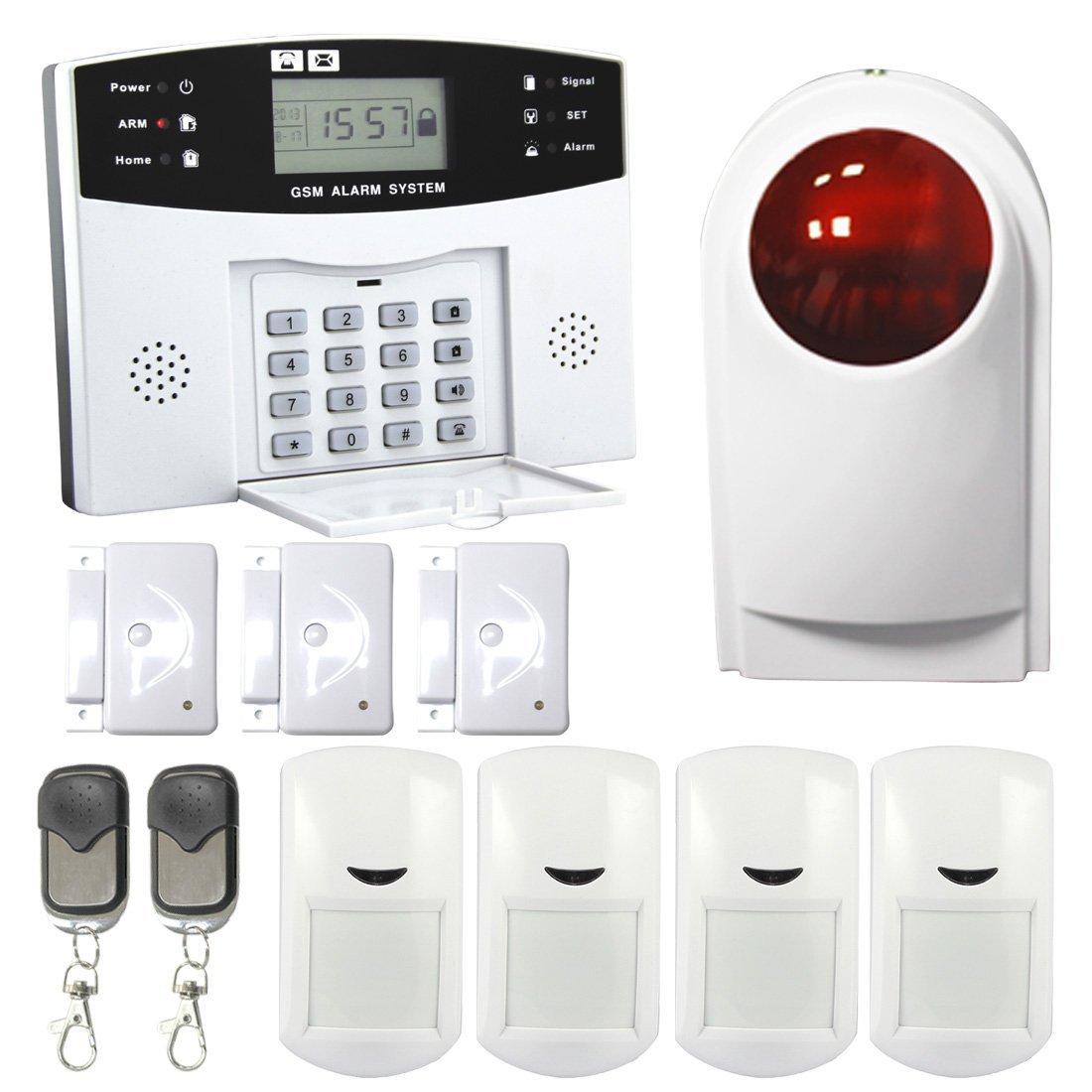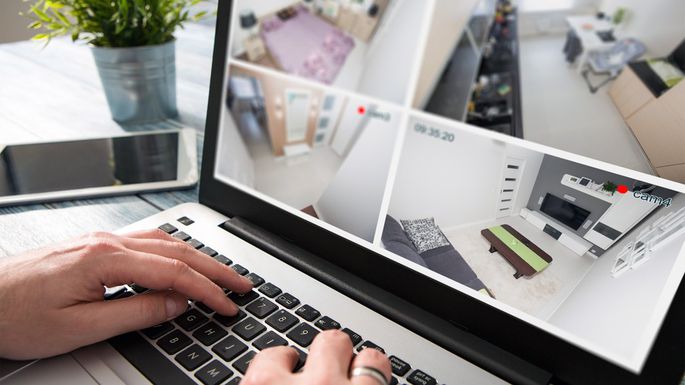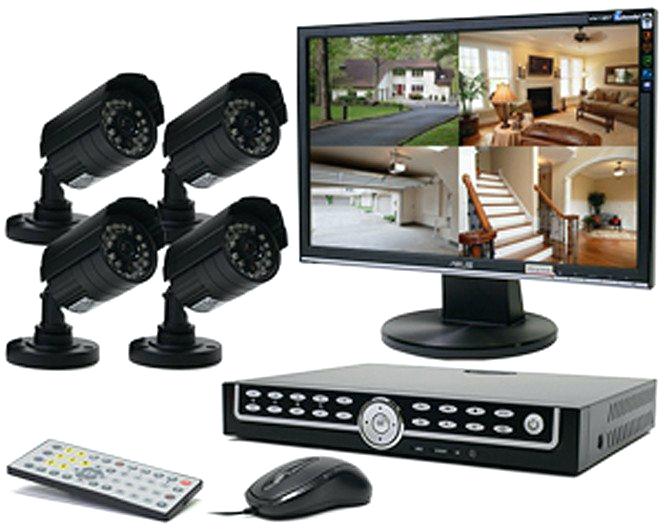About CCTV & Alarm Systems | Security Systems
CCTV and Alarm systems have become a very important, household and business necessity, alarms help protect and safeguard our property and belongings.
We take a look into alarm systems and CCTV (closed-circuit television) a TV system in which signals are not publicly distributed but are monitored, primarily for surveillance and security purposes.

How it Functions
CCTV relies on strategic placement of cameras, and observation of the camera’s input on monitors somewhere. Because the cameras communicate with monitors and/or video recorders across private coaxial cable runs or wireless communication links, they gain the designation “closed-circuit” to indicate that access to their content is limited by design only to those able to see it.
Some CCTV systems use black and white monitors, whilst some CCTV displays can be colour, high-resolution displays and can include the ability to zoom in on an image or track something (or someone) among their features.

CCTV is commonly used for a variety of purposes, including:
• Residential areas, business premises
• Maintaining perimeter security in medium- to high-secure areas and installations.
• Traffic monitoring.
• Overseeing plant machinery.
• Building and grounds security.
• Obtaining a visual record of activities in situations where it is necessary to maintain proper security or access controls (for example, in a diamond cutting or sorting operation; in banks, casinos or airports).

How a Security Alarm System Works?
Home and business security alarm systems work on the simple concept of securing entry points into a home with sensors that communicate with a control panel or command centre installed in a convenient location somewhere in the home.
The sensors are typically placed in doors that lead to and from a house as well as easily accessible windows, particularly any that open, especially those at ground level. Open spaces inside of homes can be secured with motion sensors.
Control Panel: A control panel is the unit that arms and disarms the security systems, communicates with each installed component, sounds the alarm when a security zone is breached. They typically feature a touchpad or numeric pads for easy programming and interaction, is where pass codes are entered to arm and disarm the system.
Door and Window Sensors: Door and window sensors are comprised of two parts installed adjacent to each other.When the security system is armed at the control panel, these sensors communicate with it by reporting that the point of entry is secure. Should a monitored door or window suddenly be opened, the security circuit is broken and the control panel interprets this as a breach of a secured zone. A high-decibel alarm is sounded and in most instances the alarm monitoring company is automatically notified.
Motion Sensors: These security components, when armed, protect a given space by creating an invisible zone that cannot be breached without sounding an alarm. These are typically used to protect rooms containing valuables, as well as areas less frequented in larger homes.
Surveillance Cameras: Available in both wired and wireless configurations, surveillance cameras can be used in several different ways as part of an overall security system.
Typical uses include monitoring:
• Hard to see or distant areas of your property
• Remote buildings factories, and workshops etc.
• Entry points, both exterior and interior, like garage doors and front doors
Surveillance cameras can be accessed remotely on computers, smartphones, and tablets. They are often used in this method when homeowners are out of their homes. Ensure that you get an alarm system visit our Fawcetts Shop

